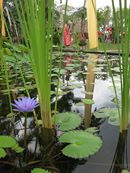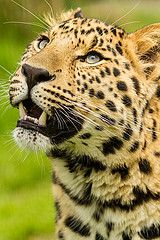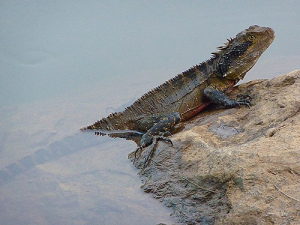
Learn this easy Qigong exercise to bring the body and mind back in balance.
Are you spending enough time :

- exercising
- with friends
- in relationships
- doing spiritual development
- in nature (smelling the roses)
- sleeping (8 hours per night)
- laughing
- doing what you love
- nourishing the mind or learning something new?
Have you made time for:
- conscious shopping for the right food items to nourish your body
- proper food preparation
- meditation / prayer / daily gratitude
- being of service to others?
If the answer is “NO” to any of these – please watch the video and see why the ancient Chinese observed and learned from the animals. I would love you to share it with one of your friends. Help make a difference in other peoples lives.

Origins of animals in Chinese culture:
- The earliest Qigong -like exercises in China are the animal dances of ancient Chinese shamans, dating back to around 122 BC. These include the dragon dance, horse dance and tiger dance etc.
“The ways of water were broken and obstructed, so that the flow was bad from the very sources. For the same reason when the breath or energy of the individual is congested and stagnant, the muscles and bones are contracted and don’t flex well. One therefore prescribes certain dances which guide the breath and ensure that it moves throughout the body in a harmonious fusion.”
Catherine Despeux, extract from a translation on this ancient tradition
- Daoist text Huainanzi (second century BC) named certain Qigong postures such as bathing duck, leaping monkey, glaring owl and turning tiger.
- A few centuries later Qigong systems developed: lion’s roar, coiling snake, old bear in the woods, flying crane.
Skills you can cultivate by practicing Qigong include:

- balance
- suppleness
- grace
- strength
- persistence
- patience
- cunning
- flexibility
- focus
- agility
- stillness
- concentration.
The result you can enjoy include:
- health
- wellness
- longevity
